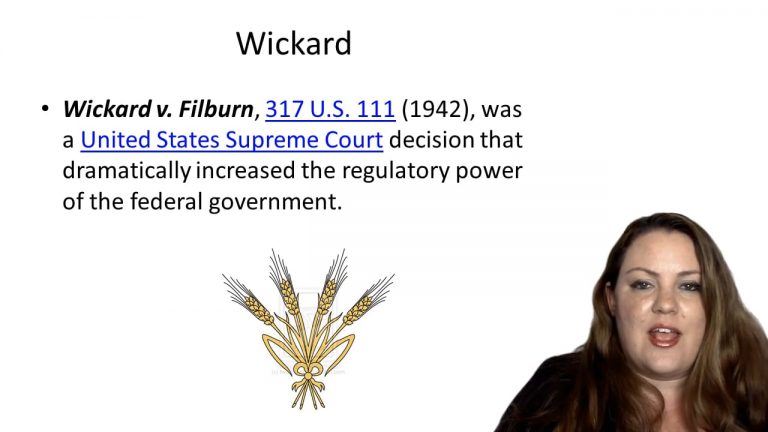SmartBrief
Confirm favorite deletion?
Constitutional Law Keyed to Barnett
NLRB v. Jones & Laughlin Steel Corp.
Citation:
301 U.S. (1937)
InstructorMatthew Steinberg
CaseCast™ – "What you need to know"
Facts
In 1935, Congress passed the National Labor Relations Act to create better working conditions for employees and protect their right to organize in unions. The National Labor Relations Board, the executive agency tasked with enforcing the law, found that respondent Jones & Laughlin Steel Corporation had engaged in unfair labor practices (thus violating the NLRA) by discriminating against employees who were attempting to form a union. Jones & Laughlin was a major producer of steel in the U.S., with business and offices in many states. The NLRB ordered a steel manufacturer, Jones & Laughlin, to remedy the unfair employment practices. Jones & Laughlin sued, arguing that the NLRA was unconstitutional as an impermissible use of Congress’s Commerce Power.
Only StudyBuddy Pro offers the complete Case Brief Anatomy*
Access the most important case brief elements for optimal case understanding.
*Case Brief Anatomy includes: Brief Prologue, Complete Case Brief, Brief Epilogue
- The Brief Prologue provides necessary case brief introductory information and includes:
Topic:
Identifies the topic of law and where this case fits within your course outline.Parties:
Identifies the cast of characters involved in the case.Procedural Posture & History:
Shares the case history with how lower courts have ruled on the matter.Case Key Terms, Acts, Doctrines, etc.:
A case specific Legal Term Dictionary.Case Doctrines, Acts, Statutes, Amendments and Treatises:
Identifies and Defines Legal Authority used in this case.
- The Case Brief is the complete case summarized and authored in the traditional Law School I.R.A.C. format. The Pro case brief includes:
Brief Facts:
A Synopsis of the Facts of the case.Rule of Law:
Identifies the Legal Principle the Court used in deciding the case.Facts:
What are the factual circumstances that gave rise to the civil or criminal case? What is the relationship of the Parties that are involved in the case.Issue(s):
Lists the Questions of Law that are raised by the Facts of the case.Holding:
Shares the Court's answer to the legal questions raised in the issue.Concurring / Dissenting Opinions:
Includes valuable concurring or dissenting opinions and their key points.Reasoning and Analysis:
Identifies the chain of argument(s) which led the judges to rule as they did.
- The Brief Prologue closes the case brief with important forward-looking discussion and includes:
Policy:
Identifies the Policy if any that has been established by the case.Court Direction:
Shares where the Court went from here for this case.
Topic Resources
Topic Outline

 9m 38s
9m 38s